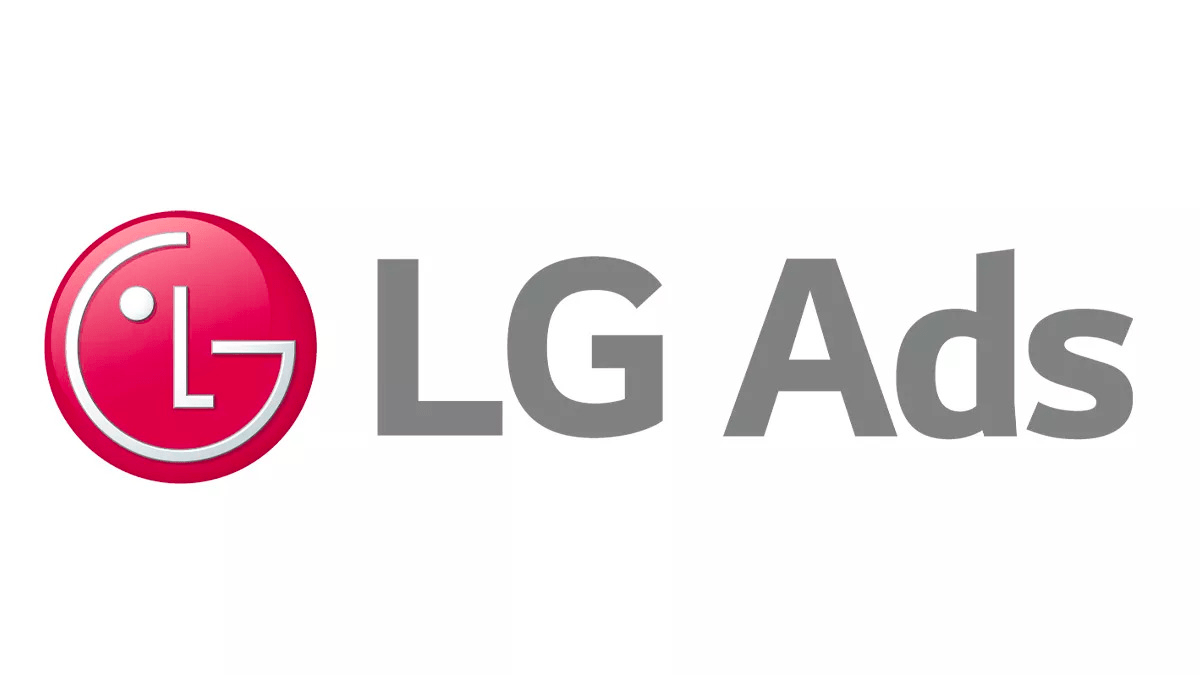A few months ago, ISBA released its Programmatic Transparency report. Much of what came out of it was nothing new. It was like addressing the elephant in the Digital Advertising room. Most players in the Programmatic ecosystem know that since the inception there has been lack of transparency, growth of Programmatic only gives it a scale like never before and takes it to a whole new level. Not only that it has allowed fraudsters to thrive and has given Agencies and Brands various vanity metrics to go after like never before.
One player in the ecosystem that has been hurt the most is the Publisher, who has been at the receiving end of things. No matter what happens Publishers can’t seem to win. If they have tons of inventory to sell, then price goes down (race to the bottom), they don’t get the buyer visibility they deserve, neither the bid landscape that will help them with pricing strategies. But a lot of this is of Publisher’s own doing. If you give away the keys to your car to strangers, then you can’t cry foul if your car is stolen. How… here’s how…the keys have been given away:
- Giving away control of your inventory / ad monetization to 3rd parties.
- Not getting into technical details of what changes are being made to your ad server, what pixels are being fired and how and why, especially when 3rd party monetization partners are involved.
- Not demanding revenue and bid transparency that will help in crafting the right pricing strategy.
- Not exploring various auctions type and their implications on inventory price, blindly adding Demand Partners to all auction types, and selling the same inventory across all auction types.
- Not taking enough time to understand who your Buyers are and what are they trying to buy and why.
To take back control of their monetization Publishers must do the following:
- Build an in-house Programmatic experts’ team. Remember that programmatic monetization and yield management is not the same traditional ad ops of direct campaign trafficking. Yield Management requires a different skill set. Outsourcing in the short term is an option, but at least plan on hiring one Programmatic person in-house.
- Automate, automate, and automate. Automate as many activities as you can, so that you have the right data to work with to take data-driven decisions like floor prices, waterfall / header bidding setup, revenue, eCPM and profitability tracking, etc. Automation increases accuracy and gives your team much needed time to focus on value-added tasks as opposed to mundane repetitive tasks.
- Demand Partner benchmarking. Demand the right level of insights from the demand partners that you are working with. This will enable you to do an apples-to-apples comparison between Demand Partners. Data that you should be asking for is as follows:
- Consistency of eCPM / Revenue / Fill Rate
- Ad Quality
- Reporting Frequency and Transparency
- Payment Terms
- Diversify sources of revenue. Don’t just depend on advertising revenue. Explore alternate revenue sources using paywall (soft / hard / freemium), audience data, sponsored content, affiliate marketing, etc. This will also help in SEO efforts related to the site and help increase organic traffic on the site.
- Harness the power of first party data. With 3rd party cookies going away, now is the time to prepare the build your first party data and use it for monetization purposes. First party data can come from your subscription data, CRM data, website events data and much more. There are several different Audience Management / Customer Data Management providers to choose form to help you will first party data collection.
For any questions / more information, please drop us an email: info@webtest.yuktamedia.com




 Talk to a Media ERP Specialist
Talk to a Media ERP Specialist

















